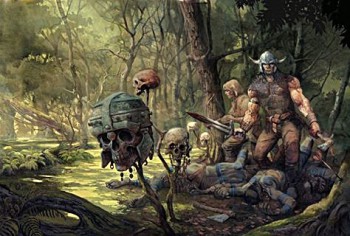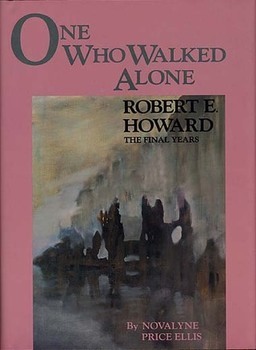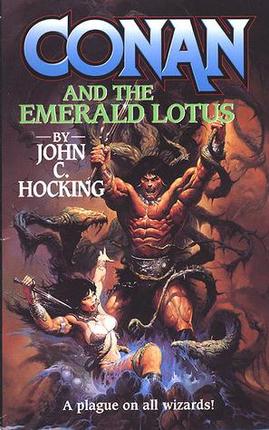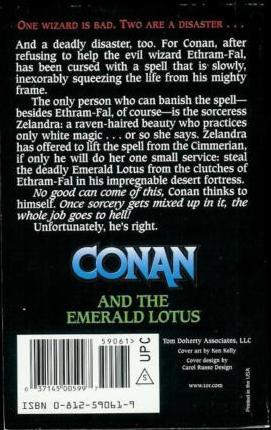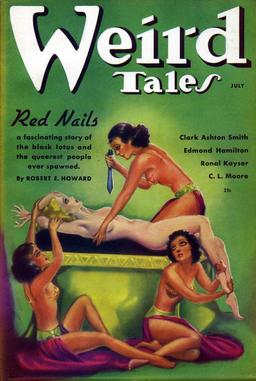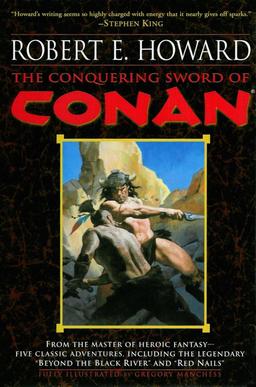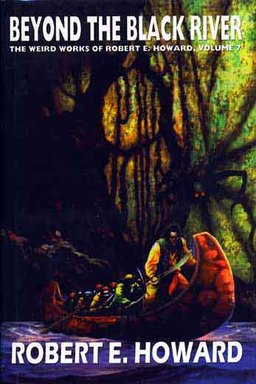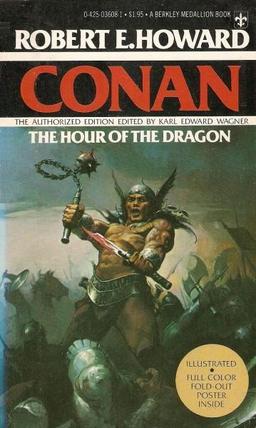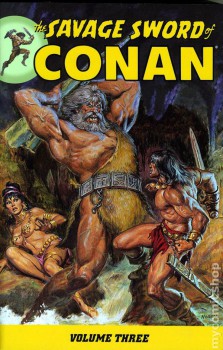Modular: An Interview with Jeffrey Talanian, the Creator and Publisher of Astonishing Swordsmen and Sorcerers of Hyperborea
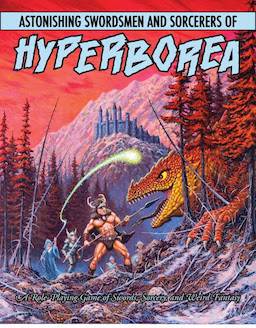 This November 3-5 I had the pleasure of attending the fourth iteration of Gamehole Con in lovely Madison, Wisconsin. At the con I had the additional pleasure of sitting down at Jeffrey Talanian’s table to play an Amazonian Fighter in Jeff’s Lovecraftian adventure “The Rats in the Walls”. I’m not going to give away spoilers here, but the creepy escapade had more to it than rats in walls! And, despite Jeff’s best attempts to kill us, our party overcame its antagonists in an epic last battle of first-level proportions! If you can’t tell from my exclamation points, it was great fun!
This November 3-5 I had the pleasure of attending the fourth iteration of Gamehole Con in lovely Madison, Wisconsin. At the con I had the additional pleasure of sitting down at Jeffrey Talanian’s table to play an Amazonian Fighter in Jeff’s Lovecraftian adventure “The Rats in the Walls”. I’m not going to give away spoilers here, but the creepy escapade had more to it than rats in walls! And, despite Jeff’s best attempts to kill us, our party overcame its antagonists in an epic last battle of first-level proportions! If you can’t tell from my exclamation points, it was great fun!
Jeff’s “The Rats in the Walls” takes place in the City-State of Khromarium. This is an area in Hyperborea, which is the official campaign setting for Jeff’s own roleplaying game that is published by North Wind Adventures. The second edition of Jeff’s game currently is 365% funded on Kickstarter with nine days left to go! After our game, Jeff graciously agreed to an interview with me. Here it is:
What is AS&SH?
AS&SH stands for Astonishing Swordsmen & Sorcerers of Hyperborea, a role-playing game of swords, sorcery, and weird fantasy. It is a tabletop RPG inspired by the fiction of Robert E. Howard, H.P. Lovecraft, and Clark Ashton Smith. Its rules are inspired by the works of Dave Arneson and Gary Gygax. AS&SH was released in 2012 as a boxed set. In 2013, it was nominated for several ENnie awards (Best Game, Best Production Values, Product of the Year), and in 2017 it will be rereleased in Second Edition hardback format.
Why did you create a game specific to the flavor of these writers and these genres? Did this grow out of what they call a “homebrew” game? If so, please tell us about that game and exactly how it resulted in AS&SH?
Growing up, I greatly admired fantasy, science fiction, and horror. I started reading genre fiction at a very young age (most notably the Conan paperbacks, The Hobbit, and The Chronicles of Narnia). I also got into comic books and magazines; Savage Sword of Conan and The Mighty Thor were my favorites. I also devoured sword-and-sorcery themed cartoons and films. I never missed an episode of Thundarr the Barbarian, and films like Conan the Barbarian, The Beastmaster, Hawk the Slayer, and Krull really captured my imagination in those halcyon days. I loved Tolkien, and read Lord of the Rings in the sixth grade, but for me it was always the grittier, more personal tales that I’ve loved most: Conan, Kull, Solomon Kane, Elric, Hawkmoon, Corum, Tarzan, John Carter, Carson Napier, Doc Savage, Gray Mouser, etc.

